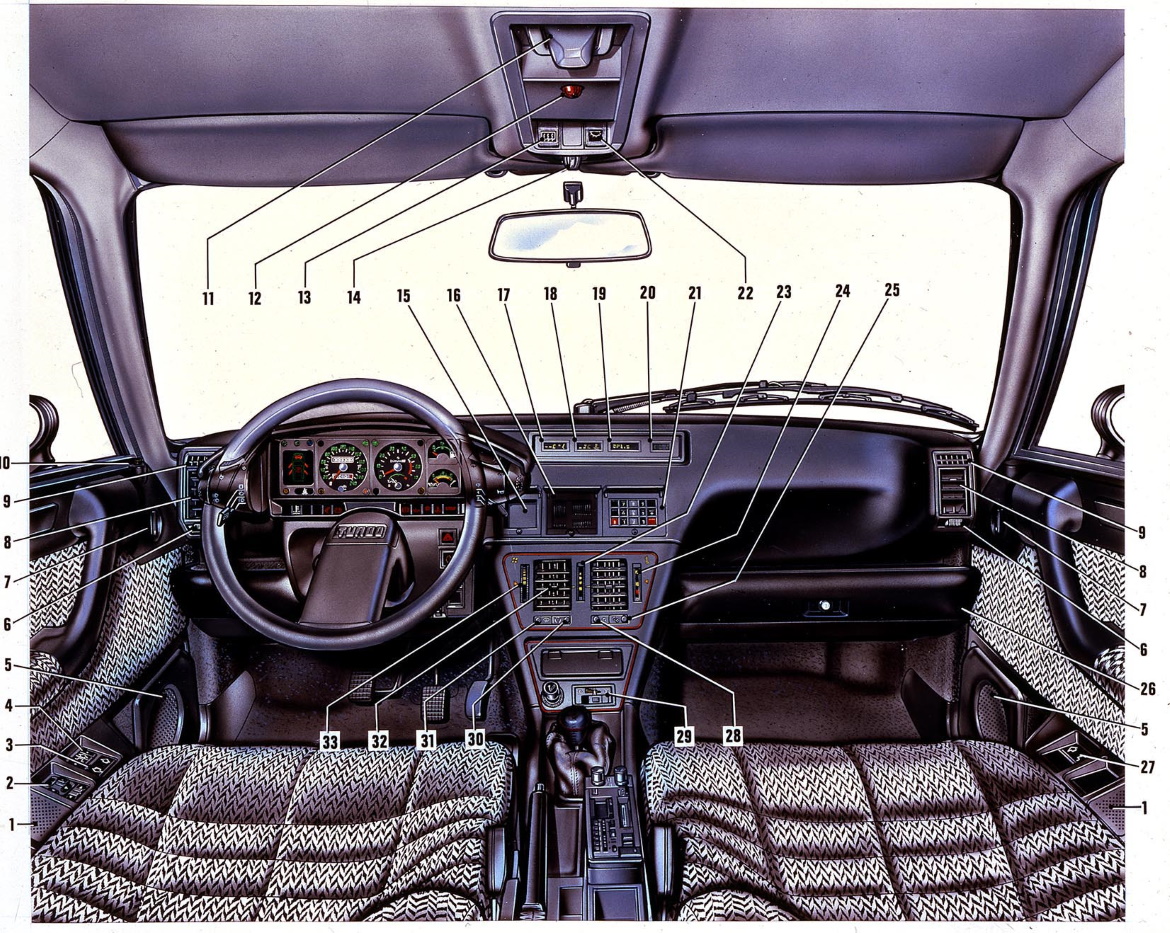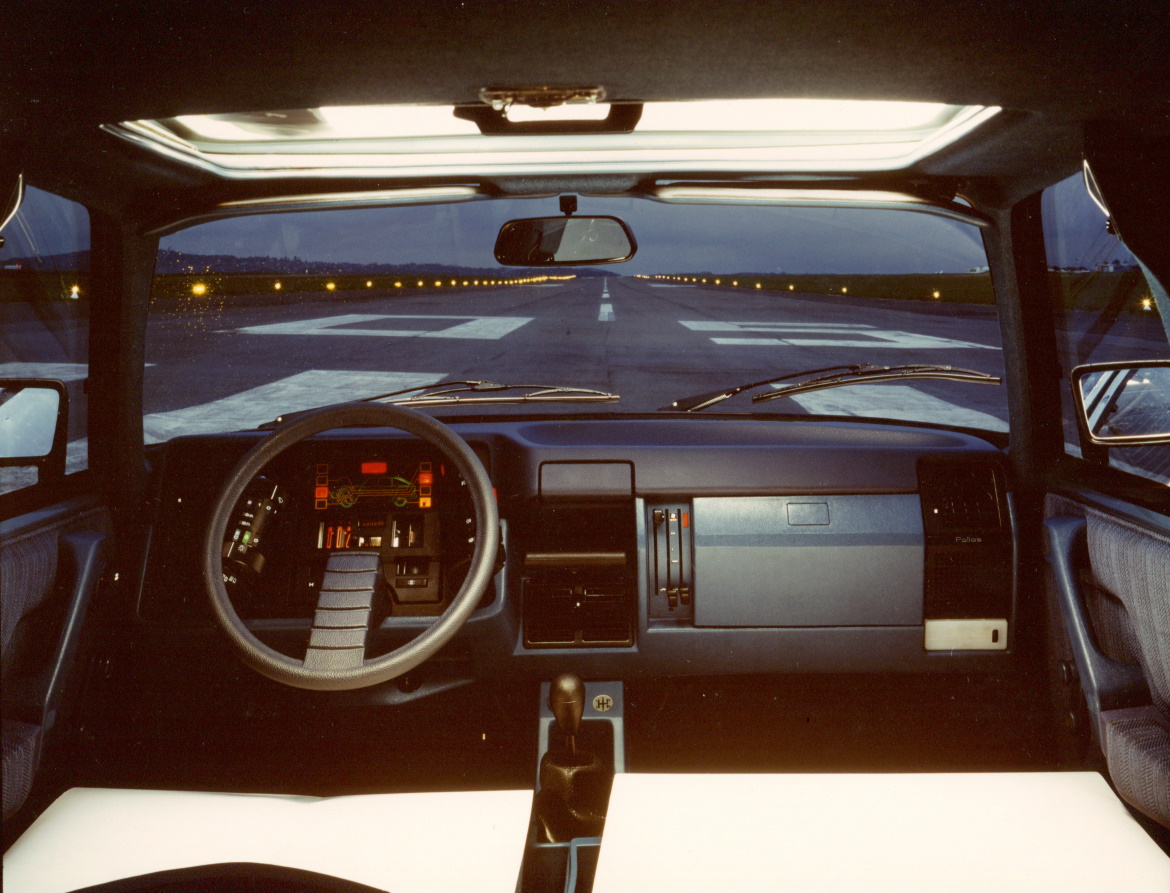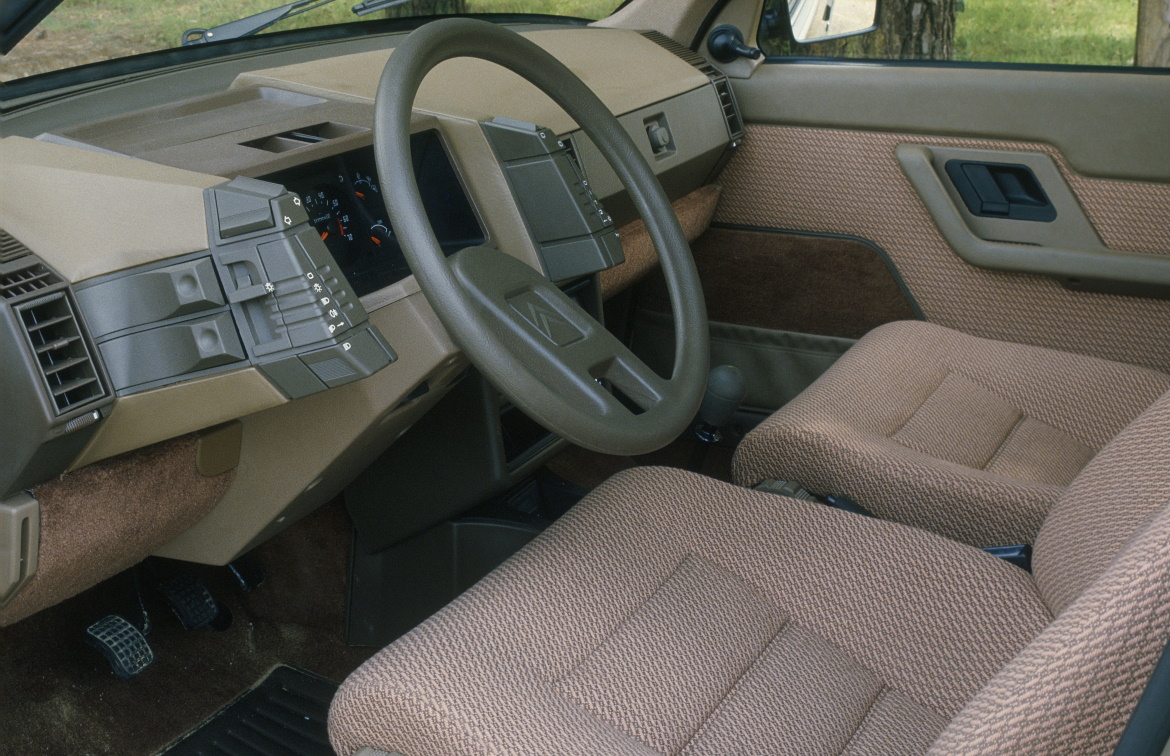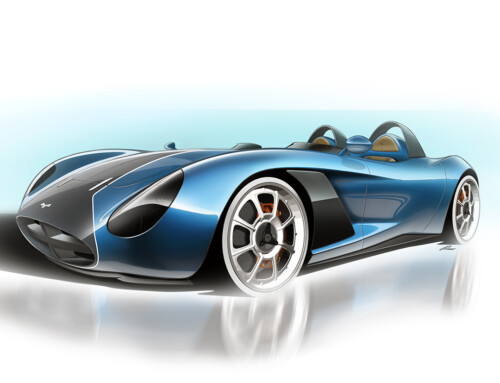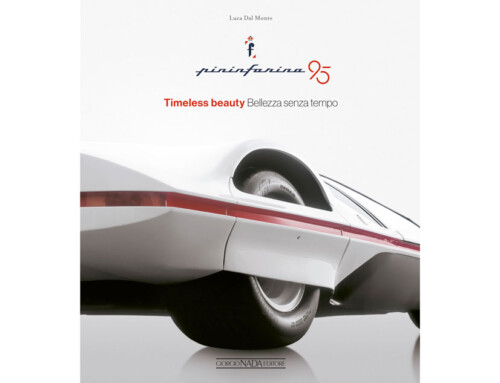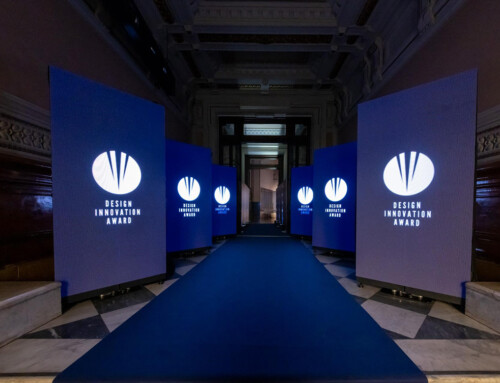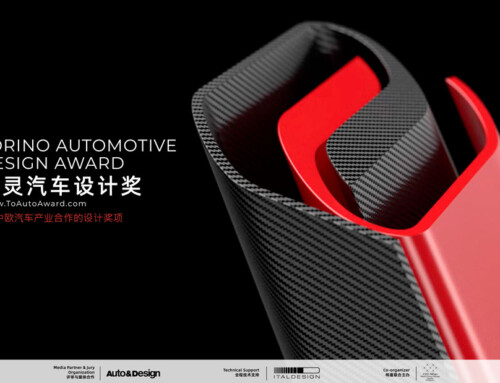Ergonomics, design, technology. The Citroën Study Centre, the French manufacturer’s design soul, has always paid the utmost attention to these three elements, and Citroën cars have historically remained references for functionality, comfort, style and “useful technology”. The interior design is no exception: since the introduction of the DS19 in 1955, the dashboards of Citroën cars have never ceased to amaze, with extraordinary technical solutions, never eccentric for the sake of being so, but always oriented towards functionality that becomes safety in the daily use of the car. Having grouped all the car’s main controls around the steering wheel so that they could be operated easily without distracting attention from driving, in 1974, with the launch of the CX, Citroën demonstrated its capabilities by introducing an entirely new concept of dashboard: the “lunula”.
A masterpiece by designer Michel Harmand of the Citroën Style Centre in Velizy, the “lunula” has tapered lines and groups together all the elements of the dashboard, including the innovative illuminated rotating drum speedometer, which is easy to read. With the “lunula” there are no longer the familiar secondary control levers, such as headlights, arrows, horn and windscreen wipers, because all these functions are entrusted to two “satellites”, located on the left and right of the steering wheel where the controls are located: as well as having an ergonomics that makes them easy to operate using only the fingertips, these allow you to drive the vehicle without ever taking your hands off the steering wheel, which in the case of most CX models is also fully servo-assisted, even when returning from standstill and realigning after curves and overtaking.
The CX’s dashboard will be the first in a long series of memorable automotive design objects, including the 1978 VISA, the first compact car equipped with satellite, then the 1979 GSA, which had two satellites, and finally the 1982 BX, which had a dashboard with controls capable of beautifully combining a “space-age” aesthetic with the typical Citroën functionality. In 1985, with the total restyling of the CX for the 1986 model year, Michel Harmand completely renewed the look of the car without losing any of its peculiarities: the dashboard was “dug out” to increase the distance from the passenger who, in addition to having a large and comfortable carpet-covered shelf, could experience a new feeling of spaciousness. The satellites and the “lunette” are modernised in design and adapted to the new regulations that require all controls to be grouped together. In accordance with these new requirements, first with the restyling of VISA and BX and then, four years later, with the arrival of Citroën XM, the levers will return around the steering wheel. Obviously, it’s not a simple return to the past, because Citroën’s switches have the same functions as the satellites, and on XM they even go so far as to transfer the controls of the radio and other secondary functions to the only race of the steering wheel.

